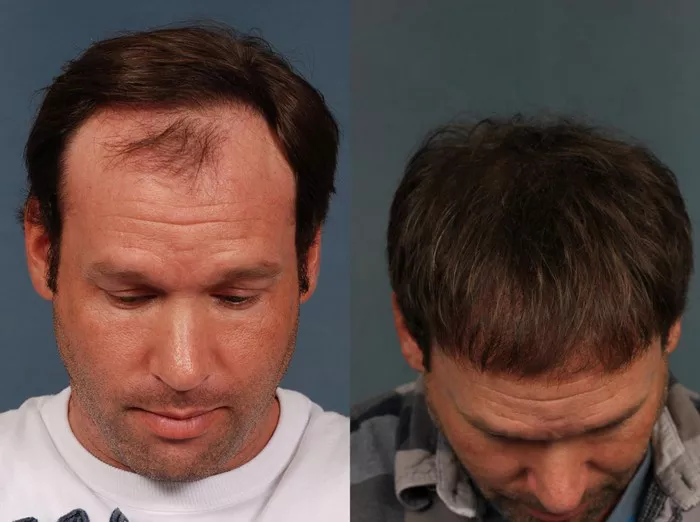In the quest for a luscious mane, individuals grappling with hair loss often explore various options for hair transplant procedures. Traditional methods primarily involve the transplantation of hair from the back of the scalp to areas affected by balding. However, recent advancements in the field of hair restoration have led to an intriguing question: Can you use beard hair for hair transplant? In this article, we will delve into this innovative approach and explore its potential in the world of hair transplantation.
Beard Hair Transplant: A Promising Alternative to Scalp Hair
Beard hair transplant is a minimally invasive surgical procedure that involves the extraction and transplantation of hair follicles from the beard area to areas of the scalp affected by hair loss. This innovative technique utilizes the unique characteristics of beard hair, which is often thicker and more robust than scalp hair, to create a natural and fuller hairline. Beard hair transplant offers advantages such as a high success rate, quicker recovery time, and concealable scarring. It has gained popularity as an effective solution for individuals seeking natural-looking hair restoration, particularly those with coarse or curly hair types. Expertise and careful evaluation by a qualified surgeon are essential for optimal results.
See Also: Hair Transplant Survival Rates: How Many Grafts Make It?
The Procedure: How Beard Hair Transplant Works
Understanding the procedure is essential for those considering beard hair transplantation. Here’s a detailed breakdown of the process:
1. Consultation:
The journey begins with a consultation with a qualified hair transplant specialist. During this meeting, the surgeon evaluates the patient’s hair loss pattern, discusses expectations, and assesses the feasibility of using beard hair as donor hair.
2. Extraction:
The surgeon selects and extracts beard hair follicles from the donor area, which is typically the chin or neck. The extraction process is minimally invasive and leaves minimal scarring.
3. Preparation:
The extracted beard hair follicles are carefully prepared for transplantation. This involves cleaning, sorting, and ensuring their viability.
4. Transplantation:
The surgeon meticulously implants the prepared beard hair follicles into the recipient area on the scalp. Precision and artistry are key in creating a natural hairline and distribution.
Benefits of Beard Hair Transplantation
Choosing beard hair for a hair transplant comes with a host of advantages that make it an appealing option for many individuals experiencing hair loss:
1. High Success Rate:
Beard hair transplantation typically boasts a high success rate, with minimal risk of graft rejection. The body is less likely to reject its hair from other areas.
2. Reduced Recovery Time:
Compared to traditional methods, beard hair transplantation often involves a quicker recovery period. Patients can resume their normal activities sooner.
3. Concealable Scarring:
The small scars resulting from beard hair extraction are easily concealed by facial hair growth, ensuring that the procedure remains discreet.
4. Enhanced Confidence:
Achieving a natural-looking, fuller head of hair can significantly boost an individual’s self-esteem and confidence.
Considerations and Potential Drawbacks
While beard hair transplantation offers numerous benefits, it’s essential to be aware of potential considerations and drawbacks:
1. Hair Type Suitability:
Not all individuals are suitable candidates for beard hair transplantation. Hair type and texture play a crucial role in determining eligibility.
2. Beard Appearance:
Some individuals may have concerns about changes in their beard’s appearance post-transplantation. However, this is generally not a significant issue.
3. Expertise Matters:
The success of a beard hair transplant heavily relies on the skills and experience of the surgeon. Choose a board-certified specialist with a proven track record.
Conclusion
In conclusion, the question of whether you can use beard hair for a hair transplant has a resounding affirmative answer. Beard hair transplantation offers a promising alternative to traditional methods, providing natural-looking results and numerous advantages for individuals seeking hair restoration.
As with any medical procedure, it’s crucial to consult with a qualified specialist who can assess your unique situation and guide you through the process. Beard hair transplantation has opened new doors for those looking to regain their confidence and enjoy a fuller head of hair.
Remember, when considering hair transplant options, the expertise of your surgeon and careful consideration of your specific needs are paramount. With the right guidance, beard hair can indeed be a valuable asset in your journey to hair restoration.


